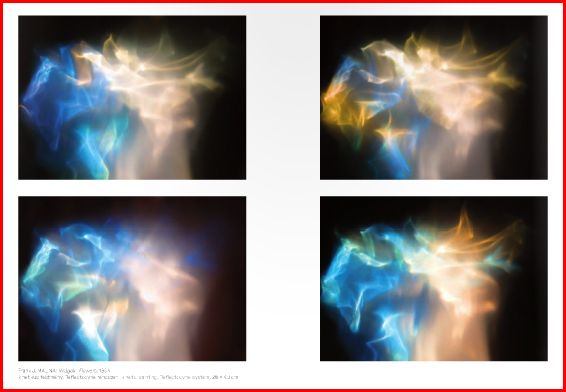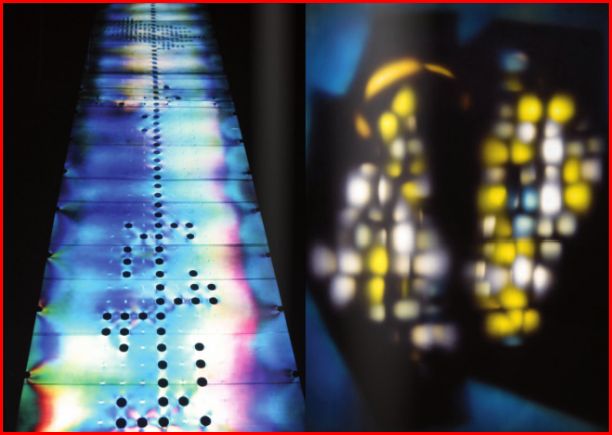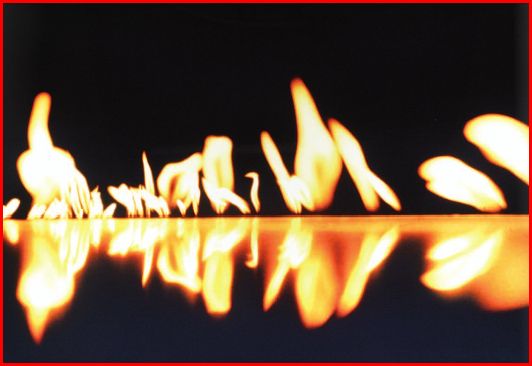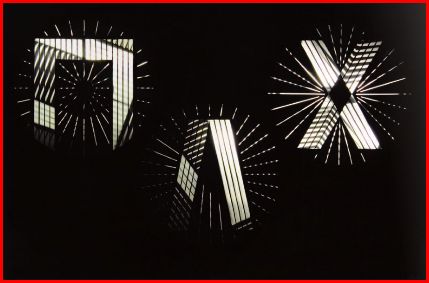December 10th 2010
By Kevin Burns
Nina Czegledy doesn’t have much time to unpack her suitcase. She’s the Canadian-based art curator who divides her time between Canada and Hungary, when she’s not traveling elsewhere around the world researching or installing interdisciplinary art exhibitions. She recently returned from Budapest where she co-curated The Pleasure of Light: György Kepes and Frank J. Malina at the Budapest’s Ludwig Museum. Soon she’s off to New Zealand to open Scanz 2011, a multidisciplinary exhibition and conference on art and the environment. In between these two events she took time to talk about her work with CHEF contributor Kevin Burns.

Frank J. Malina
Nina Czegledy developed The Pleasure of Light: György Kepes and Frank J. Malina in collaboration with Róna Kopeczky of Budapest’s Ludwig Museum, where an estimated 20,000 visitors took in the exhibition during its three-month run. It combines the art work of the Hungarian born György Kepes (1906-2001) and the U.S.-born artist, Frank J. Malina (1912-1981). Their work crosses many disciplines and boundaries and the two artists have much in common in that neither pursued anything like a traditional career in art.

Frank J. Malina
Kepes was born in Selyp, and shifted from one artistic pursuit to another. He was variously a painter, a designer, a filmmaker, and perhaps most notably a theorist who ended up teaching highly influential courses in architecture and design at MIT. As an artist he moved from paint to experiments with photography and then to light itself. “He had a totally inter-disciplinary approach to art,” says Czegledy, “that involved architects, psychologists, and composers.”
Malina is the Texan-born aeronautical engineer who was involved in the early years of rocket research. He became entangled in the politics of the McCarthy era and abandoned that work to join Unesco, where in 1951 he directed its science division. This was also where his fascination with kinetic art began to flourish. He shifted gears to become a visual artist whose “canvas” was light and movement. “He was completely systematic about this, going about his work in great detail, influenced by his experience as rocket scientist,” explains Czegledy.

György Kepes
Both artists straddle technology, the humanities, and visual art. Czegledy hopes that people saw the exhibition as a debate where both science and art are not just included but welcomed. “This is not an either/or practice,” she says. “Neither is this a manifesto about ‘the’ future or ‘the’ way to proceed. It is about collaboration and interdisciplinary action. It is ‘a’ way to proceed. It is both a movement and a practice.”
Although she would love to see this large exhibition eventually come to Canada, Czegledy is not hopeful because of the institutional commitment it would require. After closing in Budapest, The Pleasure of Light: György Kepes and Frank J. Malina reopens in Poland in May, 2011 and, if all goes well, in Berlin in December.

György Kepes
Czegledy is not the sole Canadian representative in this exhibition. Professor Oliver Botar of the Department of Art History at the University of Manitoba (and incidentally a member of CHEF’s advisory board) gave the keynote address at the opening of the exhibition at the Ludwig Museum. He titled his presentation: “The Nexus of Science, Art and Technology: György Kepes’ ‘New Landscape’. Botar spoke at the opening of an international conference arranged by the Ludwig Museum to coincide with The Pleasure of Light, György Kepes and Frank Malina at the Intersection of Art and Science. And in addition to launching this conference, Botar also wrote the chapter, “György Kepes’ ‘New Landscape’ and the Aestheticization of Scientific Photography” which is included in the exhibition’s catalogue, edited by Nina Czeglédy and her colleague Róna Kopeczky.
Meanwhile, the peripatetic Czegledy is getting ready to fly to Waitara, New Zealand, to participate in Scanz 2011, where she is collaborating with local artist Janine Randerson, to present Areosphere and Atmosphere. This is an interdisciplinary installation that explores connection between Earth and Mars that blend imagery from science fiction with satellite maps.
Click HERE for the exhibition page at the Ludwig Museum
Click HERE for the online catalogue for The Pleasure of Light
